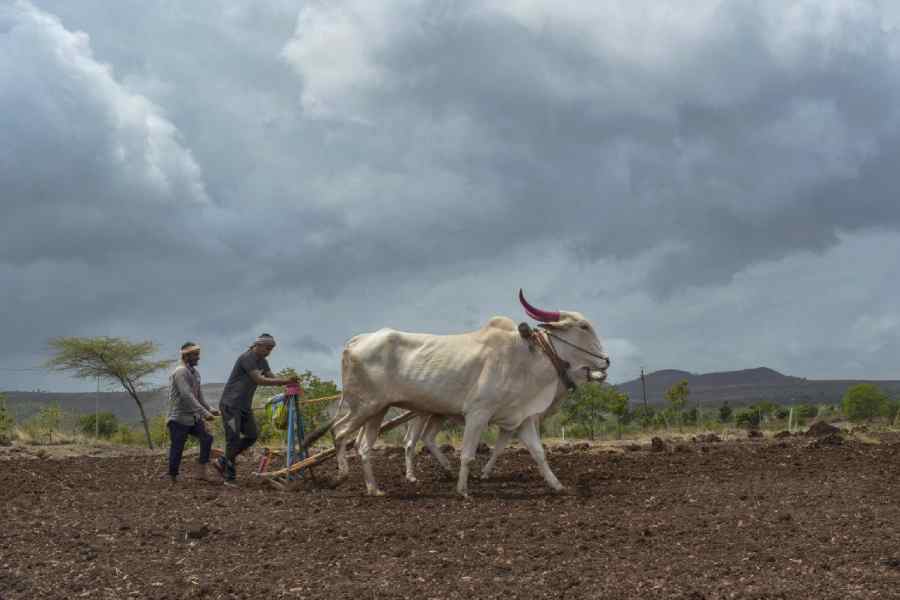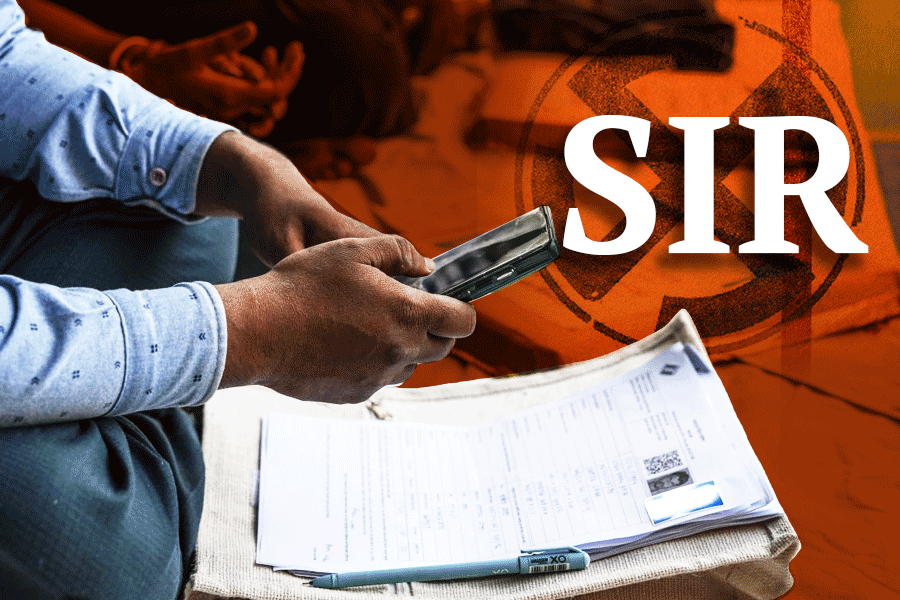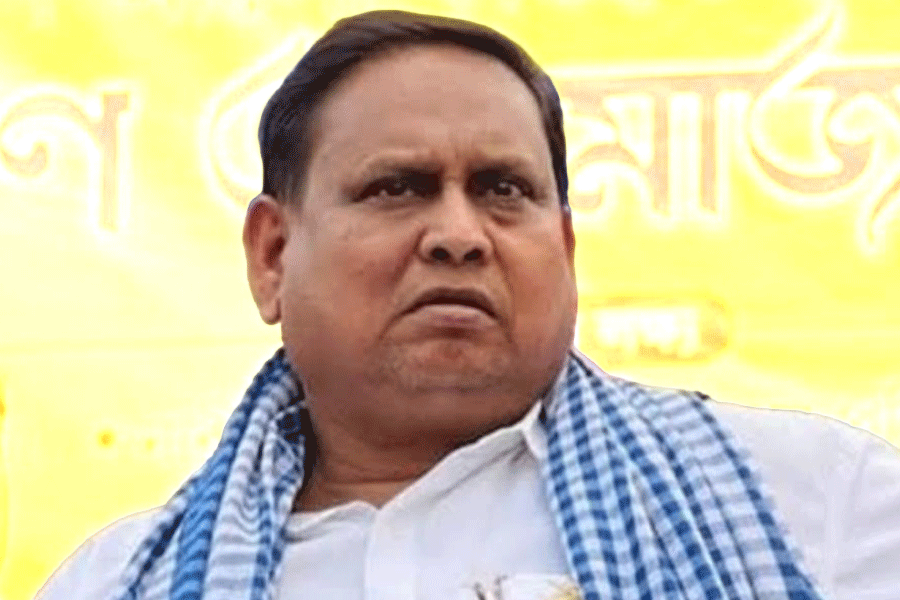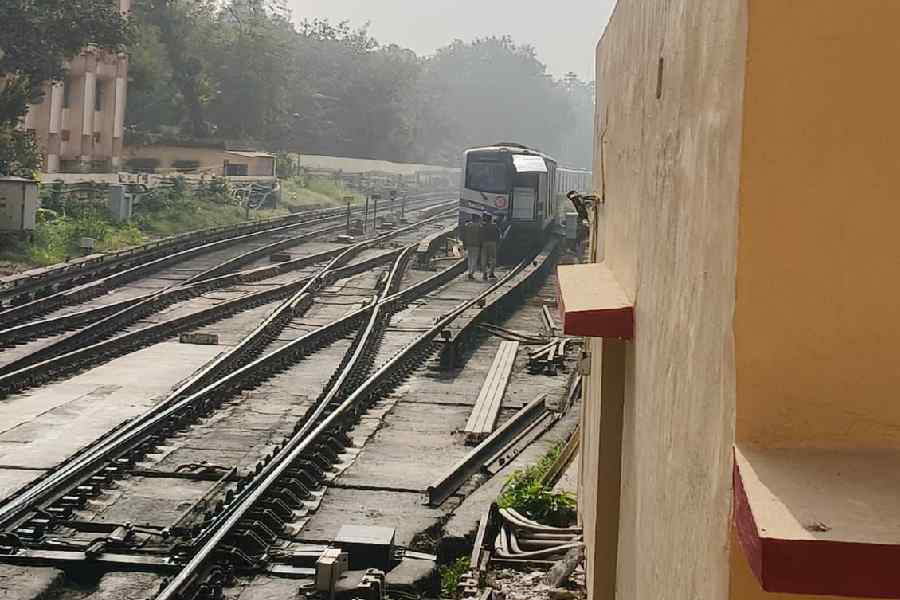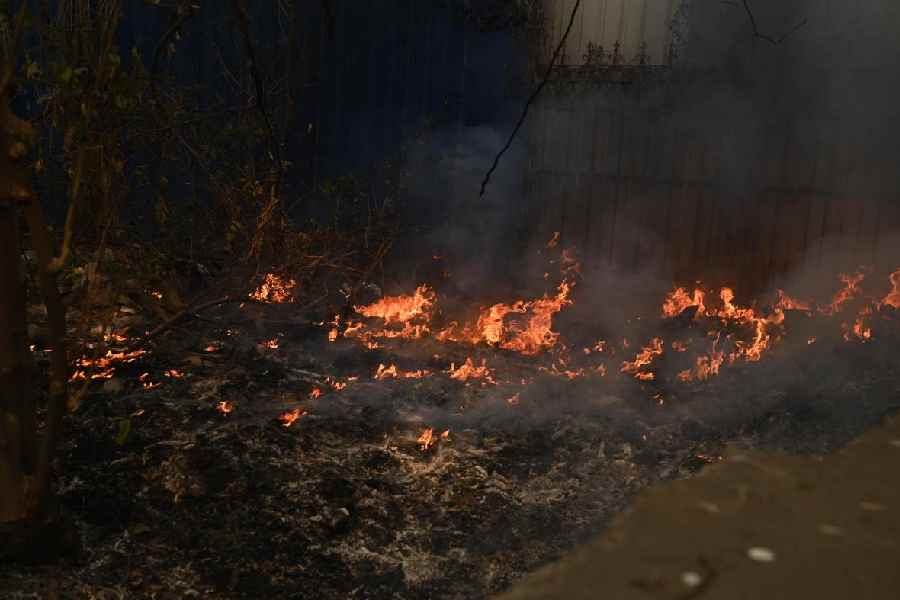It is raining revris for the middle class. First, the Union finance minister announced in her budget for 2025-26 income tax sops — those taking home a salary of one lakh rupees per month will not have to pay any tax under the new tax slabs. Second, government employees will see an upward revision of their take-home salary next year as the Central cabinet has approved the constitution of the 8th Pay Commission in keeping with the customary, 10-year revision of the government employees’ wages. Reports suggest that the lowest-rung government employees will now see their salaries revised to Rs 45,000 a month, up from Rs 19,000 under the previous pay scale. Across the layers, government babus could expect a 20-25% hike in their salaries. As they go up the ladder, the salaries will grow further. Government employees also have a cushion in inflation-adjusted travelling and dearness allowances.
The Centre expects to shoulder the burden of one lakh crore on account of the new tax cuts and an even bigger burden when the revised pay scale comes into effect sometime next year. While this will rightly bring smiles to the faces of the Bharatiya Janata Party’s middle-class voters, these two measures would further widen the income inequality between the urban and the rural populations: government employees and farmers.
That is unless the government constitutes some sort of a wage commission to determine a hike in the minimum wage for farmhands and then revises commodity prices so that farmers are able to pay the new wage to their farmhands. The peanuts of a few hundred rupees as doles to men and women farmers will not be enough — whether or not they win the party an election. The Centre might need a bigger intervention in the markets to ensure higher returns for farmers.
The divide is stark. To cite just one example out of many, in Zamkoli village, barely 75 kilometres from the upwardly mobile Nagpur city, there are households of small and marginal farmers none of whose annual income exceeds Rs 1 lakh including all their sources. This is the money someone with a salary of Rs 12 lakh annually is expected to save this year on account of paying zero income tax. Zamkoli’s woman sarpanch insisted that the government must give them higher crop prices, an anathema to economic advisers to governments of all hues.
Let us take the case of soybean, a leguminous crop widely popular for being a low-cost protein for livestock and oil for humans, grown as a cash crop in rain-fed villages like Zamkoli. Having seen a steady price surge in the initial period 2006-2011, the king of beans has witnessed a volatile price fluctuation since, particularly in the last two years. Across parts of Central India, soybeans are presently selling at Rs 3,800-4,000 per quintal, way below its minimum support price of Rs 4,892 per quintal, pushing farmers’ incomes significantly down. Soybean prices today are actually what they were in 2014.
No wonder then that outstanding crop loans of farmers stood at nearly Rs 35 lakh crore in the country as of March 2024, with Maharashtra leading the states with dues worth over Rs 7 lakh crore.
This income divide is non-tenable in the long run. Already, there is a brewing crisis in the countryside driven by economic penury. Young and unmarried male farmers are failing to get suitable brides because, as this writer has chronicled over the last two years, young women do not want to marry into peasant households.

